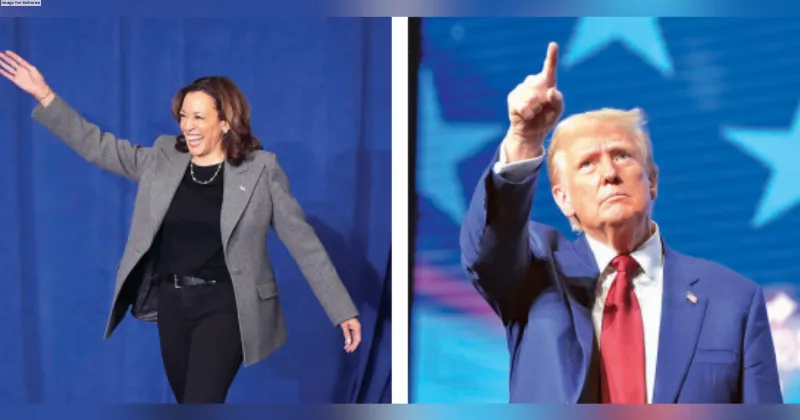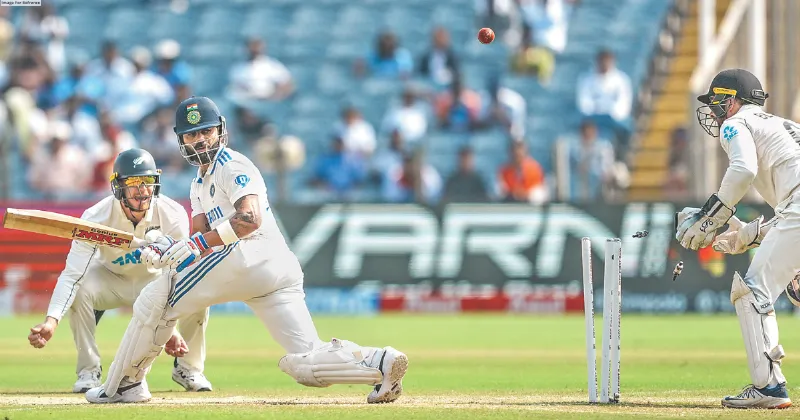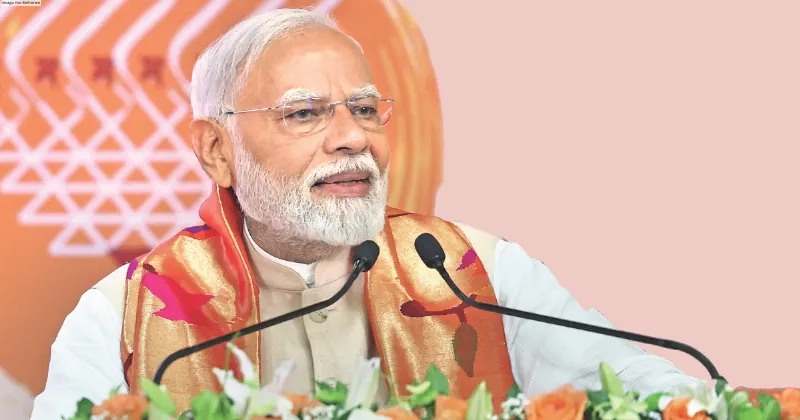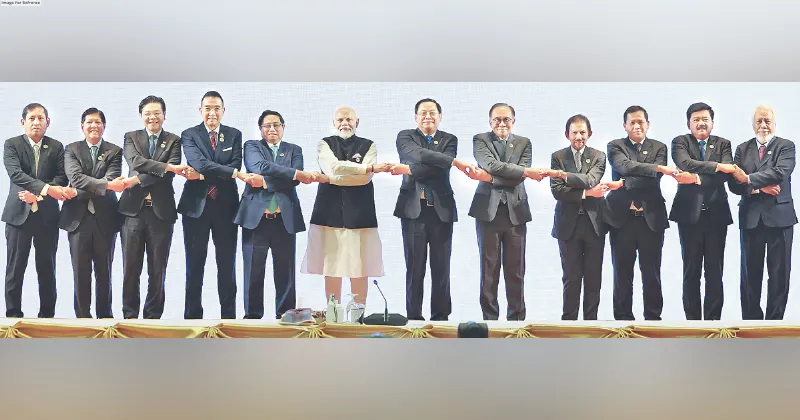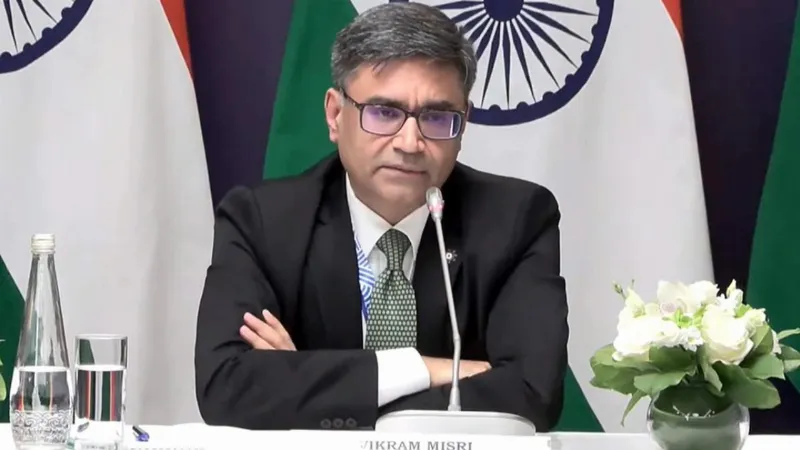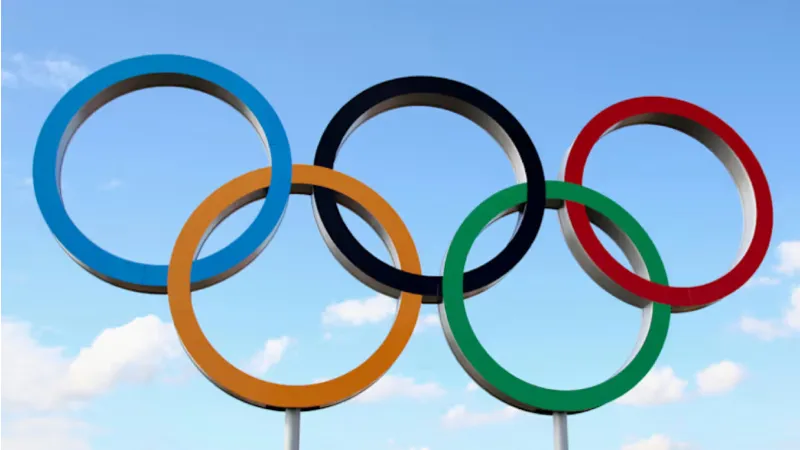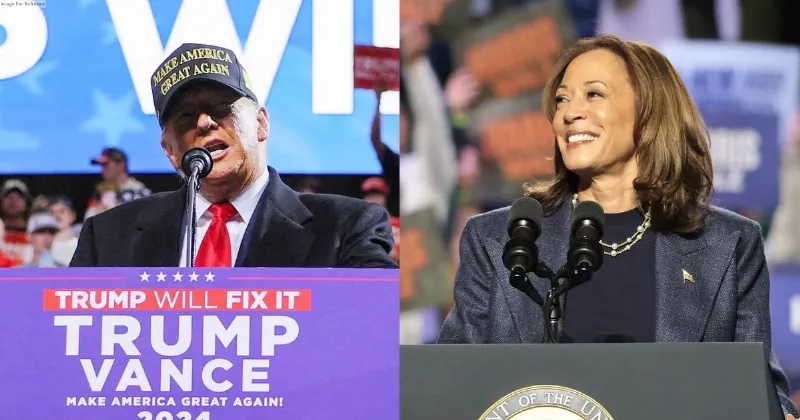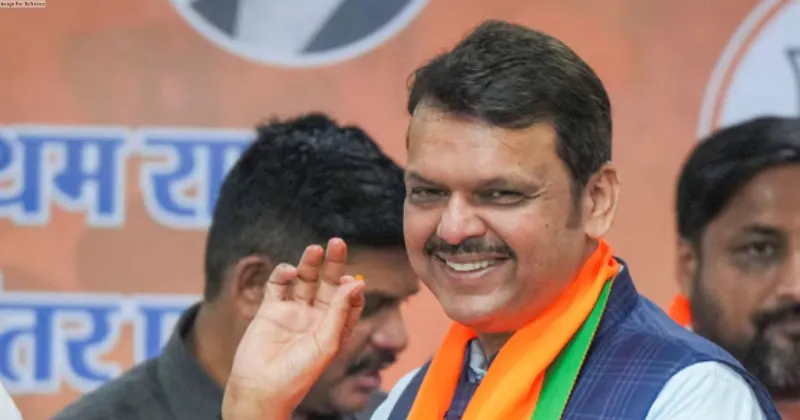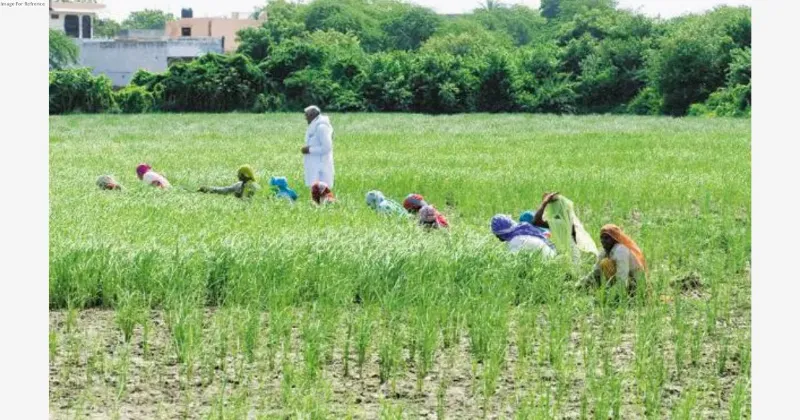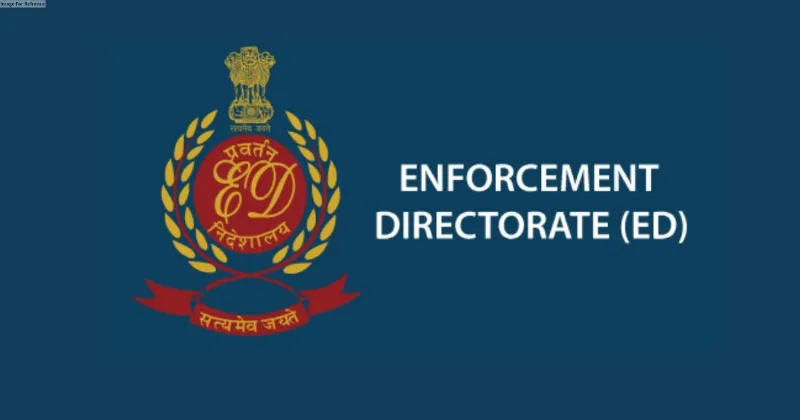Latest News
WHO IS LIZ TRUSS, THE NEW UK PRIME MINISTER?

The United Kingdom now has its third ever female prime minister. Liz Truss was elected as leader by grassroots members of the Conservatives to lead the party – and hence the nation – on a platform that positioned her as the continuity candidate from Boris Johnson. This result will be celebrated on all sides of British politics. Members of the Conservative party – the approximately 180,000 people who elected the new leader – will be delighted that the continuity candidate got over the line. Similarly, strategists for the opposition parties – Labour, the Liberal Democrats and the Scottish National Party – will also be delighted that the continuity candidate got over the line. In electing Truss as leader, Conservative members have increased their party’s chances of losing the next general election. This is because Truss essentially offers more of the same. She steps into 10 Downing Street at a moment when the views of the Conservative party and the experience of the wider electorate are diverging. As Britons find themselves in the throes of a cost-of-living crisis, the leadership debates between Truss and her main opponent, Rishi Sunak, were focused on the extent of tax cuts, weakening the public purse when it is needed most. This was music to the ears of the older and wealthier Conservative members, but a case of “same world, different planet” for the wider electorate.
To add insult to injury, Truss disparaged the idea of support for struggling Britons as “handouts”. Furthermore, her views on British workers as “lazy” resurfaced during the leadership contest. This is unlikely to endear her to those one-time Labour voters in the 45 socalled “Red Wall” seats in northern England that switched to the Johnson-led Conservatives at the 2019 election. Newly-minted Conservative MPs in such seats fear that, faced with this disdain, their new supporters may switch back to Labour. Additionally, as someone who symbolises continuity with the Johnson government, Truss may struggle in the 20 so-called “Blue Wall” seats in southern England. Former Conservative voters switched to the Liberal Democrats in three recent by-elections in such seats, heaping pressure on Johnson to resign earlier this year. Conservative MPs in this part of England fear that voters who were switched off by Johnson’s political tone and governing style, may not warm to Truss’s embrace of the same tactics: hostility to the EU, goading the French, and waging a “war on woke”. North of the border, Truss’s embrace of all things British, from her famous support for British cheese to the self-conscious adoption of Thatcherite imagery, will consolidate support for Scottish independence. There are only six Conservative MPs in Scotland, but having Truss as leader won’t make the job of retaining seats at the next election any easier. Given these strategic perils, why was she elected? A YouGov opinion poll found a plurality of Conservative members did not want to see Johnson ousted from Number 10, despite his record in government. A gulf has emerged between grassroots Conservatives and the wider electorate. If Truss emulates Johnson too closely – as the party seems to want – it is the party that will pay the price.
WHAT DOES THIS MEAN FOR AUSTRALIA?
Truss will find a series of pressing yet complex issues in her in-tray. The foremost of these will be the cost-ofliving crisis. This will intensify as winter approaches and energy price caps are lifted, leaving many struggling to heat their homes and buy food. The industrial action witnessed during the summer, will intensify. The next issue is the war in Ukraine. Part of the Russian global strategy is to hope that western states, not least the UK, tire in their support for Ukraine. This will not happen under Truss. She is a firm supporter of Ukraine and can be expected to retain the UK’s current posture of support.
SOURCE: THECONVERSATION
JO ADETUNJI The writer is Editor, The Conversation UK





